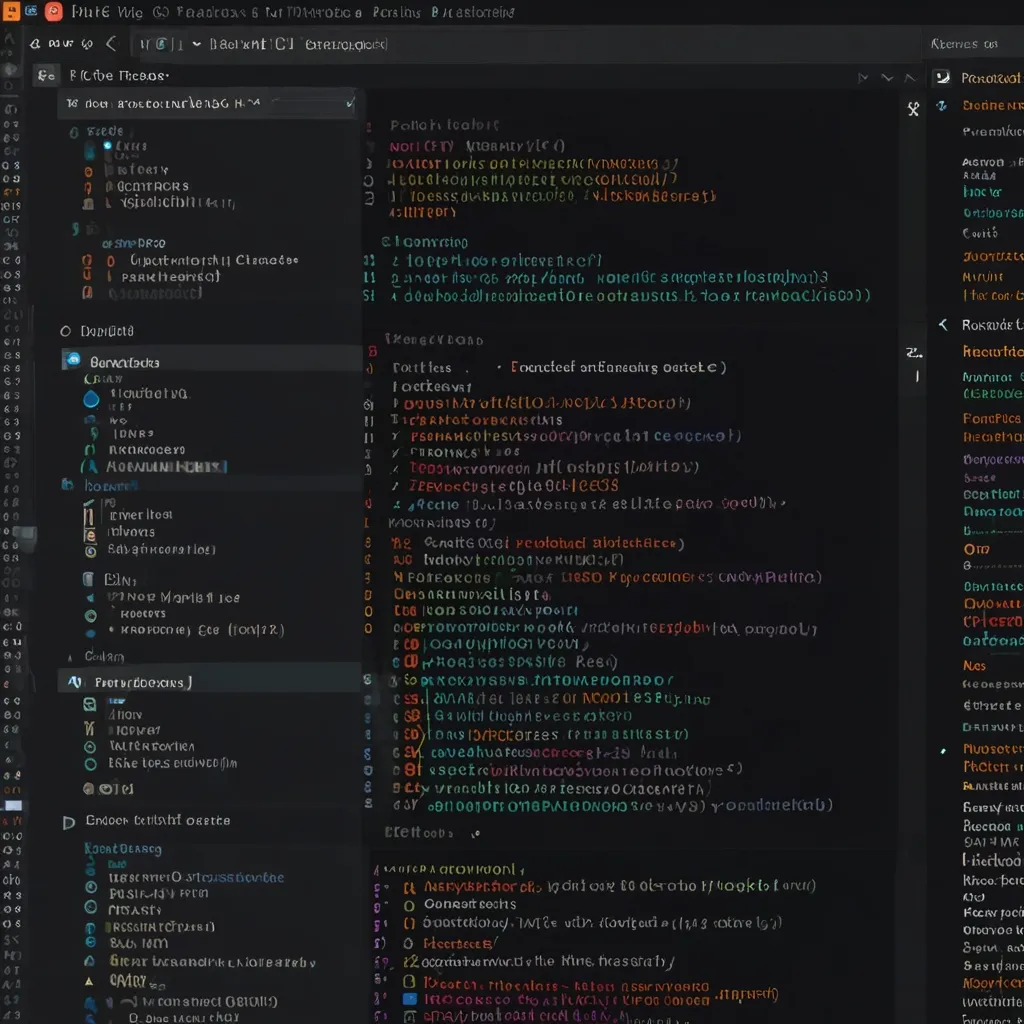Imagine diving into a powerful, new world where frontend and backend love working together harmoniously. Welcome to RedwoodJS, the brainchild of Tom Preston-Werner, co-founder of GitHub. Designed to help you build and deploy modern web applications swiftly, RedwoodJS takes full-stack development to a whole new level of simplicity and efficiency.
RedwoodJS handles both frontend and backend development in one monorepo. Picture this: managing your entire application, right from your React-based frontend to the GraphQL server backend, all in one place. It’s a cohesive project that cuts down the hassle and overhead of managing separate sections for your app. This is where simplicity meets functionality.
GraphQL and Prisma come integrated right into RedwoodJS from the get-go. GraphQL is like your efficient data-fetching wizard, providing a robust API layer. Prisma, on the other hand, steps in as an ORM champion, making database interactions as smooth as butter. Together, they let you focus less on the nitty-gritty of data layers and more on building your awesome application.
What if you could scaffold out models, services, and components for your frontend and backend with a simple command? RedwoodJS makes this dream a reality with its code scaffolding feature. Using your Prisma schema, you’re set to kickstart your app with impressive speed, leaving more time for the fun, creative bits of development.
Routing in RedwoodJS is quite unlike anything you might be used to. Forget scattered files; here it’s all in one place. This single-file approach simplifies managing and maintaining your app’s navigation. Plus, it includes a robust system for page loading delays and unauthenticated routes. Navigating your app just got a lot more intuitive.
Then there are Cells – RedwoodJS’s unique take on bridging the frontend and backend. They handle data fetching and loading states declaratively, cutting down on the complexity of managing data flows. Your frontend components get the freshest data from the backend, always ready to roll.
When it comes to deployment, RedwoodJS doesn’t play favorites. It’s designed to be deployment-agnostic, letting you host your application anywhere – be it serverless or serverful architectures. Switching between deployment targets is a breeze, thanks to simple CLI commands. As your application grows, adapting your deployment strategy is just as easy.
Starting your journey with RedwoodJS is straightforward. Scaffold a new project using the yarn create redwood-app command. Then, navigate into your project directory and fire up the development server with yarn rw dev. Your application will automatically open in your browser at http://localhost:8910/, ready for you to work your magic.
RedwoodJS projects are neatly laid out in a monorepo structure, holding two separate Node projects: web and api. The web directory keeps your React-based frontend cozy, while the api directory takes care of the GraphQL server and backend logic. It’s an organizational dream that keeps your code clean and easy to maintain.
Let’s make this all real with a simple todo app. First, set up your project using yarn create redwood-app todo-app. Next, define your schema in the api/prisma/schema.prisma file. Generate services using yarn rw generate service, and then create Cells with the yarn rw generate cell command – your secret weapon for efficient data fetching. Your frontend components go in the web directory, showcasing, creating, editing, and deleting your todo items, seamlessly updating data from the backend. Finally, test your app by starting the development server and playing around with your todo items.
RedwoodJS isn’t just robust but also comes packed with tools to help you log, test, and deploy your application effortlessly. Built-in logging capabilities make monitoring and debugging a cinch. With Jest support, unit testing becomes second nature, complete with tools for mocking services and frontend data. And when it’s time to deploy, RedwoodJS backs you up with various options, supporting serverless and serverful setups alike.
There might be a bit of a learning curve, especially if you’re new to full-stack development or GraphQL. However, the community is rich with support. Detailed documentation, tutorials, and cookbooks are there to guide you. Many developers find themselves getting up to speed with RedwoodJS in just a few weeks, even without extensive background knowledge of the involved technologies.
RedwoodJS isn’t just another framework; it’s a powerhouse for modern web development. With its capability to handle full-stack development seamlessly, integrated tools like GraphQL and Prisma, and an impressive scaffolding feature, it’s built for speed and scalability. Add flexible deployment options, comprehensive testing and logging, and a supportive community into the mix, and you’ve got a toolset poised to help you deliver top-notch applications.
From simple todo lists to complex enterprise solutions, RedwoodJS equips you with the right tools and structure to bring your ideas to life quickly and efficiently. Dive in, explore, and watch your development flow like never before.






